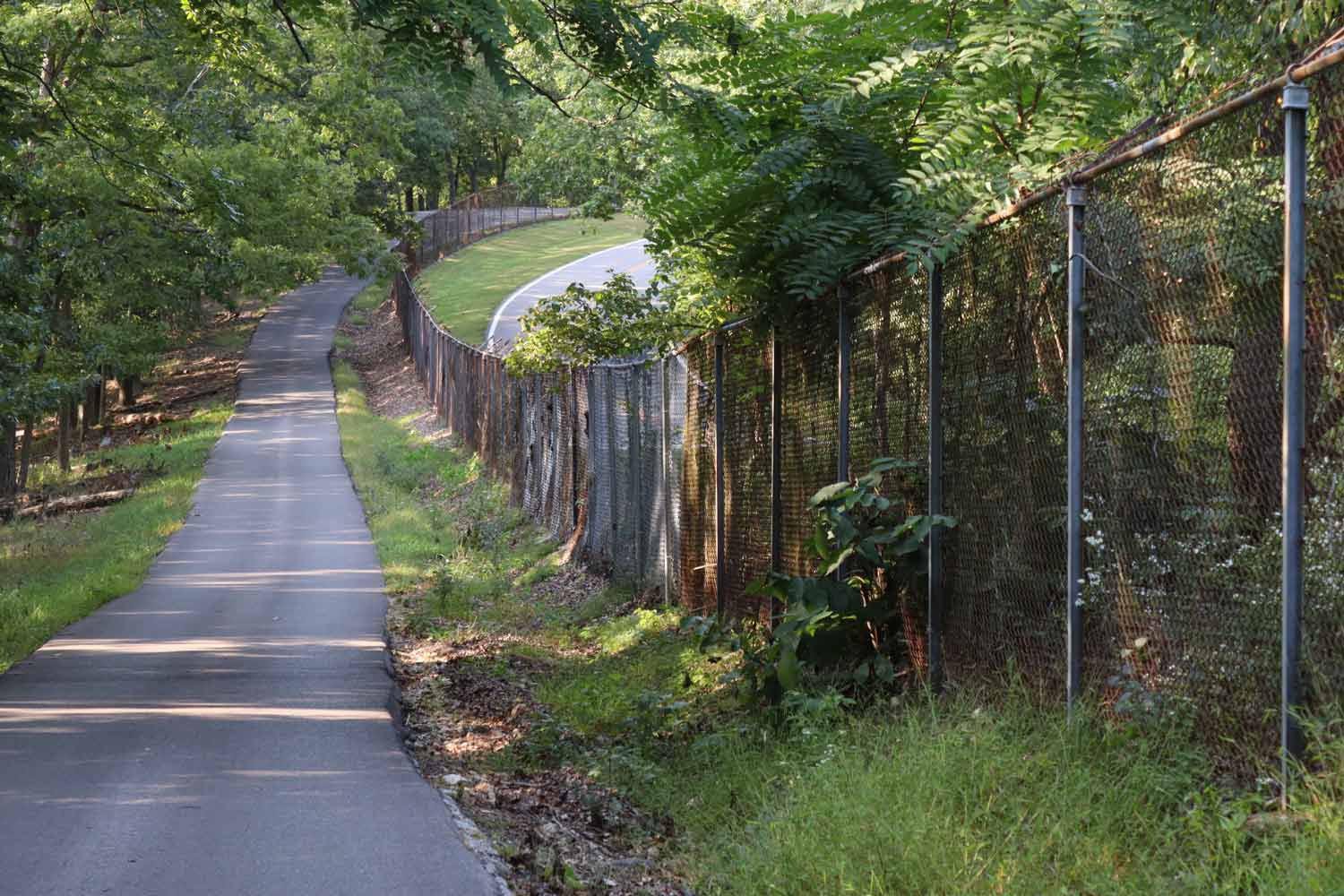Photography
FAS 226 at Southern New Hampshire University
Photography has always been my passion. While I love capturing moments with my phone, a digital photography course in my graphic design program allowed me to explore professional camera techniques for capturing, processing, and printing images. I enjoyed shooting portraits and landscapes, but my favorite project was still life photography, where I experimented with the aesthetic qualities of kitchen scraps.
PORTRAITURE
In this photography exercise, I explored techniques inspired by master portrait photographer Annie Leibovitz, known for her iconic celebrity portraits. Guided by her approach, I experimented with different portrait styles, including traditional close-ups with plain backdrops and controlled lighting and environmental portraits that reflect the subject’s personality.
I played with distance, camera angles, and compositions to bring out unique perspectives in each portrait, from candid expressions to posed shots. While I worked in manual mode and tried adjusting camera settings to adapt to natural lighting conditions, I still edited the images in Photoshop later to create different aesthetic effects.
LANDSCAPE




In this photography exercise, I experimented with shooting landscapes. I explored a series of well-composed shots emphasizing classic compositional elements: the rule of thirds, vanishing points, leading lines, and framing. To create visual pathways, I sought out natural leading lines that guided the viewer’s eye through the photograph toward a vanishing point or a central focus in the composition. I also incorporated natural framing devices like tree branches or rock formations to give my photos a more layered, intimate feel.
I drew inspiration from William Eggleston, whose photography transforms mundane things into art. Some of his photographs are shot from the perspective of a front-seat passenger (Atlanta, 1980s; Main Road to Greeneville, 1980s). I take these kinds of pictures often, as I feel like I am immortalizing the beauty of a fleeting scene that will be lost in my memory otherwise, but I always thought that they don’t qualify as art. I’m happy that Eggleston changed my mind!
I also appreciated Stephen Shore’s portfolio. He inspired me to take pictures of city streets without worrying about that perfect set-up where everything looks neat and everything belongs. I like the seemingly intentional chaos in some of his photographs. I also like the large depth of field in some of his natural landscape pictures.
STILL LIFE
In this still life photography exercise, I drew inspiration from the work of photographer Imogen Cunningham, whose compositions highlight the beauty of spontaneity, uncovering extraordinary details in the unplanned, unfiltered moments of everyday life. I was specifically inspired by the minimalist photograph "Three Vegetables," which inspired me to look at my kitchen scraps in a new and exciting way.
Experimenting with different camera angles, distances, and lighting conditions, I explored how light direction and intensity affect the mood and texture of each object. I used various backgrounds to create contrast and adjusted my f-stop to experiment with depth of field, emphasizing specific details or creating a broader focus.








